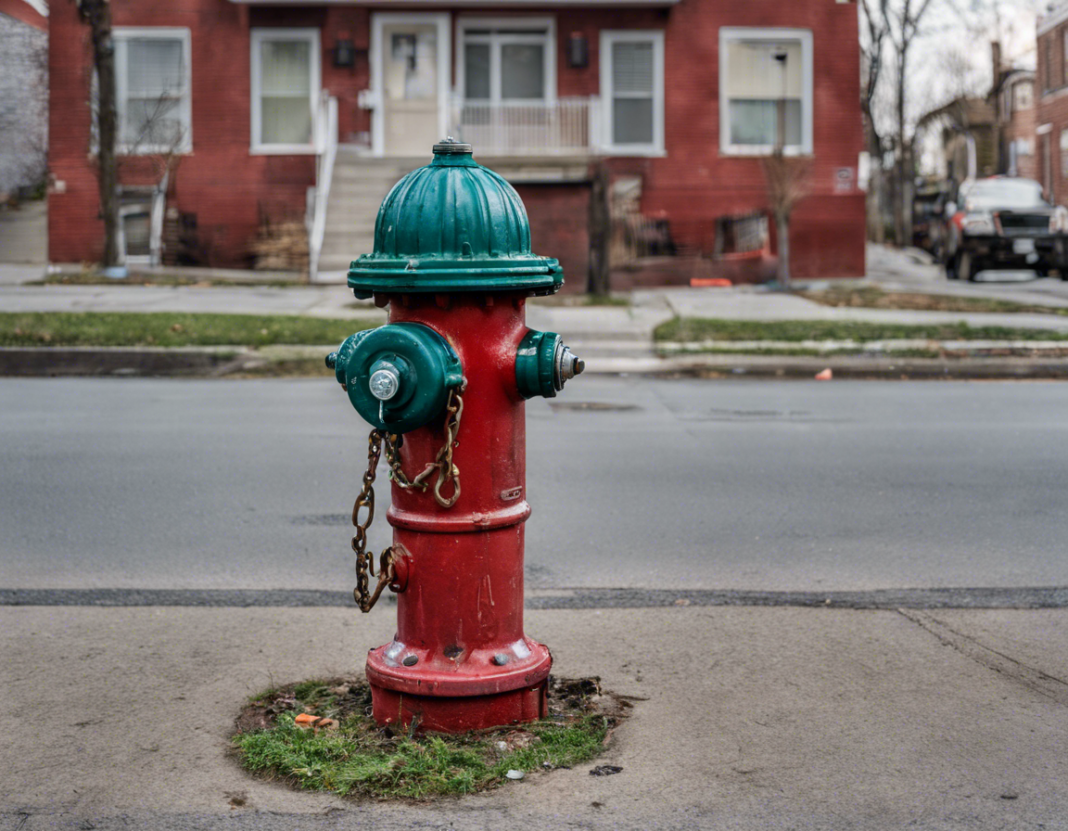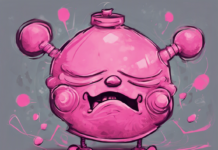Introduction
When it comes to ensuring public safety and property protection, fire hydrants stand as silent yet crucial sentinels. While they may seem like an ordinary part of urban infrastructure, their importance cannot be overstated. In the event of a fire emergency, a reliable and accessible fire hydrant can make all the difference between a contained blaze and a devastating inferno. Therefore, it is essential to understand the significance of fire hydrants and their role in fire suppression efforts.
The History of Fire Hydrants
Fire hydrants have a long and fascinating history. The concept of a fire hydrant dates back to the early 19th century, with the first cast iron hydrant being patented in 1801 by Frederick Graff Sr. in Philadelphia, USA. Since then, fire hydrants have undergone numerous innovations and improvements to become the efficient firefighting tools we know today.
Components of a Fire Hydrant
- Bonnet: The topmost part of the hydrant that protects the operating nut and stem.
- Operating Nut: The mechanism used to open and close the hydrant’s valve.
- Barrel: The main body of the hydrant that houses the valve and water supply.
- Valve: Controls the flow of water from the hydrant.
- Nozzle: The outlet where firefighters can attach hoses for water supply.
Importance of Fire Hydrants in Fire Suppression
Fire hydrants are vital for effective fire suppression for several reasons.
- Immediate Water Supply: Fire hydrants provide immediate access to a water supply, enabling firefighters to quickly extinguish fires.
- Pressure Regulation: Hydrants maintain adequate water pressure, ensuring that water reaches the affected area with enough force to combat the blaze.
- Strategic Placement: Hydrants are strategically placed throughout urban areas to ensure comprehensive coverage and quick response times in emergencies.
- Reliability: Fire hydrants are designed to be reliable and easy to access, making them essential tools for firefighters during emergencies.
Types of Fire Hydrants
- Wet Barrel Hydrants: Commonly used in regions with mild climates, these hydrants have water in the barrel and are prone to freezing in colder temperatures.
- Dry Barrel Hydrants: Ideal for colder regions, these hydrants keep the water valve below the frost line to prevent freezing.
- Compression Hydrants: Utilize a compression mechanism to control water flow.
- High-Pressure Hydrants: Designed to deliver water at high pressures for enhanced firefighting capabilities.
Maintenance and Testing of Fire Hydrants
Proper maintenance and regular testing of fire hydrants are essential to ensure their optimal functionality.
- Visual Inspections: Regular visual inspections can help identify any signs of damage or tampering.
- Flow Testing: Periodic flow testing checks the water flow rate of hydrants to ensure they meet firefighting requirements.
- Hydrant Flushing: Flushing hydrants removes sediments and ensures water clarity and quality.
- Winterization: In colder climates, winterizing hydrants prevents freezing and damage during the winter months.
Fire Hydrant Regulations and Compliance
Fire hydrants are subject to various regulations to ensure their proper functioning and accessibility.
- NFPA Standards: The National Fire Protection Association (NFPA) sets standards for fire hydrant installation, maintenance, and testing.
- Local Regulations: Municipalities may have specific regulations regarding hydrant placement, color coding, and maintenance responsibilities.
- Accessibility Requirements: Hydrants must be easily accessible to firefighters, with clear signage and adequate clearance around the hydrant.
FAQs
-
Why are fire hydrants painted different colors?
Different colors on fire hydrants serve as a visual cue for firefighters, indicating the available water flow rate from that particular hydrant. -
How far apart are fire hydrants typically placed?
Fire hydrants are usually placed 500 feet apart in urban areas to ensure adequate coverage and accessibility in emergencies. -
Can fire hydrants be used for purposes other than firefighting?
Fire hydrants are designed exclusively for firefighting purposes and should not be used for any other activities to ensure their availability during emergencies. -
What should I do if I notice a damaged or leaking fire hydrant?
If you observe a damaged or leaking fire hydrant, report it to the local authorities or water department immediately to prevent any potential issues during a fire emergency. -
Are fire hydrants inspected regularly?
Fire hydrants undergo regular inspections and maintenance to ensure their functionality and compliance with safety standards.
Conclusion
In conclusion, fire hydrants are integral components of urban infrastructure that play a critical role in fire suppression and public safety. Understanding the importance of fire hydrants, their components, maintenance requirements, and regulatory compliance is essential for ensuring their optimal functionality during emergencies. By recognizing the significance of fire hydrants and supporting efforts to maintain and test them regularly, we can contribute to a safer and more resilient community in the face of fire emergencies.












